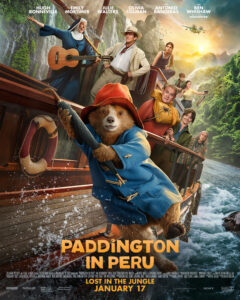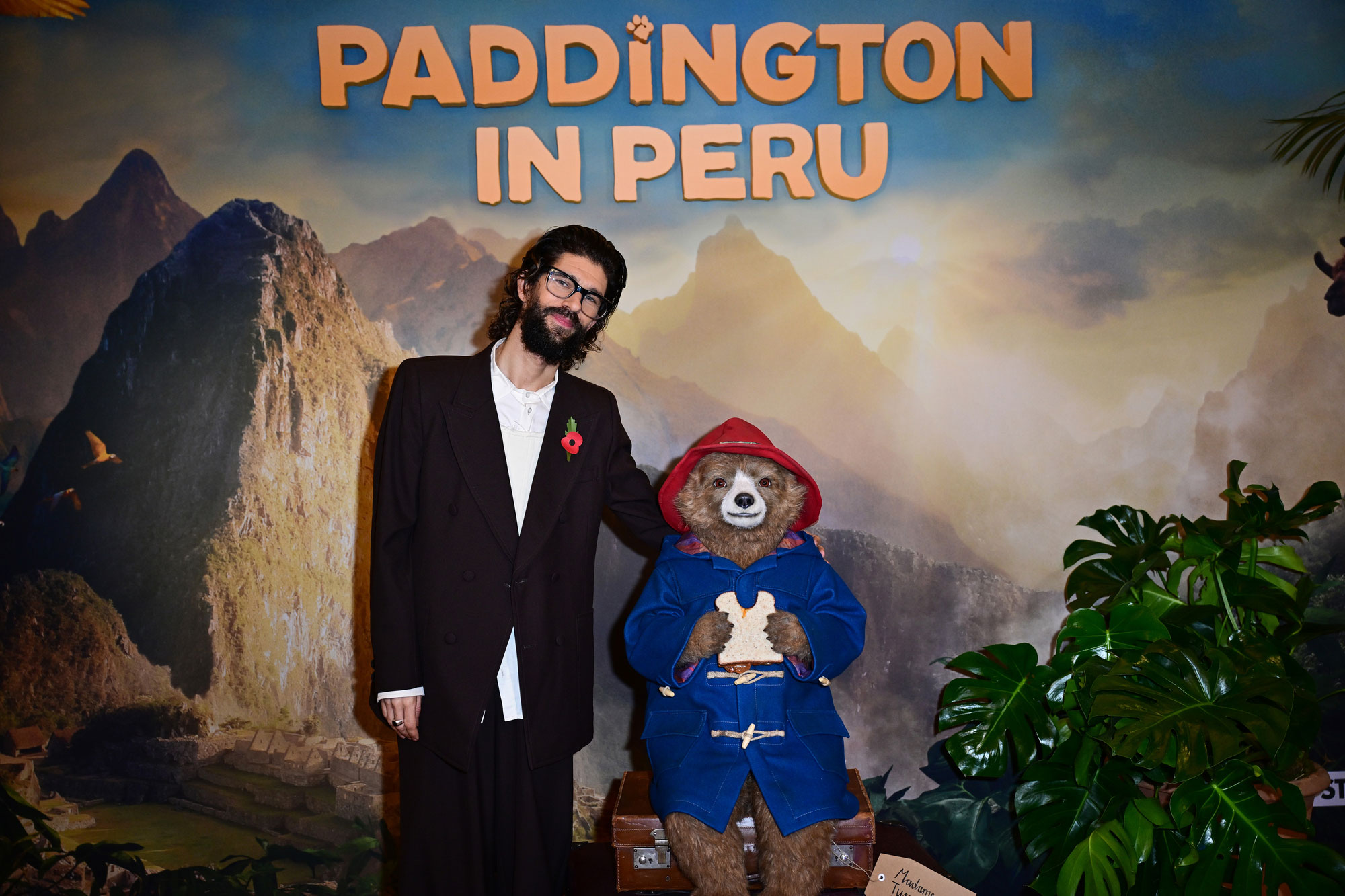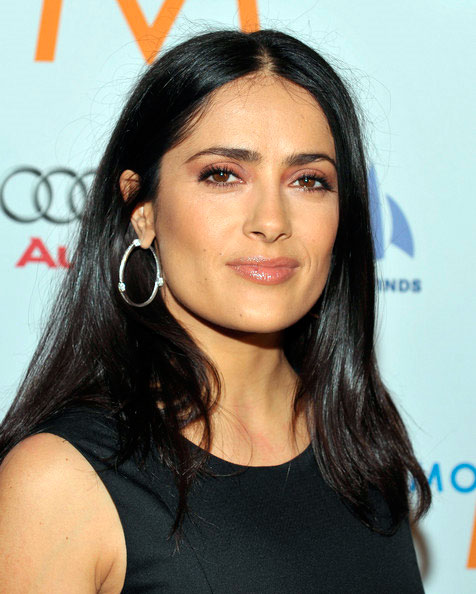When it comes to bringing a beloved children’s character to life, few challenges are as complex as creating Paddington Bear’s third cinematic adventure. “Paddington in Peru” marks an ambitious new chapter in the franchise, combining stunning real locations, intricate visual effects, and the warmth that fans have come to expect from the marmalade-loving bear.

PADDINGTON IN PERU asks profound questions about the nature of home and belonging.
Under New Direction
The film introduces Dougal Wilson as director, taking the reins from Paul King who helmed the first two installments. Wilson’s approach to this responsibility was both humble and methodical. “I was entirely aware of the legacy I was attempting to continue,” he admits. “I was such a fan of the first two films—their style, humor, and creativity. I thought maybe I could contribute to this series in my own way.“
Hugh Bonneville, returning as Mr. Brown, praised Wilson’s meticulous preparation: “I’ve never worked with a director who’s been as well-prepared in terms of his shot list and his clarity of vision. Dougal has one of the most inventive and vision-led brains.“
Creating Authentic Peru
The production team was committed to capturing the authentic essence of Peru, employing a hybrid approach that combined on-location shooting with carefully crafted sets. “When we set out to make this film, it was important to us that the adventure felt real,” explains Executive Producer Rob Silva. “We didn’t want to have CG backdrops and for it to feel inorganic. We went to Peru, we went to Colombia, and we filmed these natural landscapes, so it really feels like it has scale.“
The filming in South America presented unique challenges, as John Sorapure, who led the location filming team, explains: “We used drones extensively to help shoot vistas that otherwise would have taken hours to access on foot and built rafts to float our camera rigs down rivers over rapids. Despite the extreme heat and encountering several scary bugs, it was a fantastic adventure.“
Back in the UK, Production Designer Andrew Kelly and his team worked tirelessly to recreate authentic Peruvian environments. Antonio Banderas, who plays Hunter Cabot in the film, was particularly impressed by their work: “I have to take off my hat to the art department of this movie. I’ve been in Peru and when I saw what they were doing here, I couldn’t believe it. How close it was and how they were transforming British forests into Peru.“
The Heart of the Film: Bringing Paddington to Life
At the center of the production is the complex task of bringing Paddington himself to life. Animation Director Pablo Grillo, who has been with the franchise since the first film, explains the challenges of this new adventure: “In this film we have a lot of movement. Paddington has to navigate through a lot of leaves and foliage, transforming landscapes, which aren’t just flat ground.“
The collaboration between Ben Whishaw, who voices Paddington, and the animation team is crucial to creating the character’s authentic performance. “Ben’s voice underpins the entire performance,” Grillo notes. “The tonality of his delivery is like a musical score that guides our animation.“
A Home for Retired Bears
One of the film’s most impressive sets was the Home for Retired Bears, built on a private farm in Hertfordshire. Hugh Bonneville was particularly moved by the setting: “I found it strangely moving when I first glimpsed it, as it was being constructed. It’s set in this little bowl in the corner of a valley, with lush green vegetation all around. You immediately get a sense of peace.“
The attention to detail in this set was extraordinary, as Olivia Colman, who plays The Reverend Mother, describes: “In every drawer you look in, there’s stuff that will never be seen on camera. The paintings just look like they have been there for centuries, but in reality, they are just weeks old, it’s truly amazing what people can do.“
A Global Collaboration
The film represents a massive collaborative effort across multiple disciplines. Visual Effects Producer Nick King emphasizes the scale of the work: “You have to bring an entire jungle to life, and there are more Paddington shots in this film than in any before. On top of that there’s also a whole host of other CG creatures like anteaters and llamas.“
Costume Designer Charlotte Walter conducted extensive research in Peru to ensure authenticity: “To do a film that is set in a country, it’s really important to go to that country and experience it, to buy clothes and fabrics and bring them back.” Her team returned with “20 suitcases full of hats and shawls to give a feel of Peru.“
The Result
The culmination of these efforts is a film that maintains the charm of its predecessors while breaking new ground. Producer Rosie Alison summarizes the achievement: “The team has put together this really complex jigsaw of marrying the backgrounds in Peru with the shooting that we’ve done in the UK.“
For director Dougal Wilson, the goal was always clear: “Despite it involving quite a small bear, it’s not a small adventure, it’s quite a big adventure.” Through the dedication of hundreds of craftspeople, innovative technology, and a commitment to authenticity, “Paddington in Peru” continues the beloved bear’s journey while taking audiences on an unprecedented adventure through his homeland.



